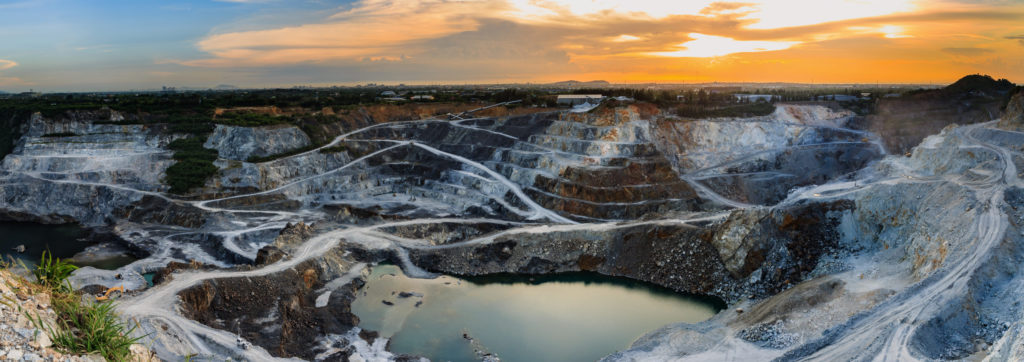Spotlight: Determining the essential value of mining projects

While Buchanan has been authoring the Valuation of Mineral Projects based on technical and financial modelling course with Edumine for 15 years, engaging with delegates live in Canada, Latin America and Europe, his early career began as a geologist in the gold and platinum mines in Africa – some of the world’s deepest.
“My field experience was sort of self taught,” Buchanan remembers. “I started in the South African mining industry on the production side. It was character building, and provided incentive to pursue a career in the academia of mining.”
The Edumine course: Valuation of Mineral Projects based on technical and financial modelling runs online January 24-28. Here’s a sneak preview of the syllabus:
Q: How would you best describe the course and who it is designed for?
Buchanan: The course is designed for anyone who has to put an intrinsic value on a mineral asset [and] those in financial services who need to know more about technical processes associated with projects, such as business development for mining companies making investments.
Financial modelling is done online – all applications are available through the cloud. We generate quite complex financial models in real time.
This course will give insights into the critical new role that mining will have in the energy transition, particularly with relation to battery metals. The type of projects that can support that type of narrative ultimately need a value in terms of net present value, in terms of rate of return.
It’s a look at the intrinsic value of a mineral resource. In particular, the current climate [is] a repeat of the circumstances of the climate of 2006, where a series of serious mistakes were made around the intrinsic value of projects and [they] were overvalued for mining companies and investors for acquisitions.
I think the current situation is people are looking very carefully at intrinsic value, whether or not it is a mining company looking at an acquisition or an investor looking to become more familiar with the minerals industry at the evaluation stage.
The course is really designed to blur the line [between] technical risk and financial assessment.
As people realize you can make big mistakes by overpaying for projects – certainly, valuation became a term that showed up on people’s radars.
Q: What is the distinction between valuation and evaluation?
Buchanan: Valuation is to look at a project and manage the various processes of building up a resource. At the end of it, you need to place a value on the asset. What is it worth in terms of net present value? Is it worth $50, or $500 million? That calibrates the terms of people’s investment portfolio.
My job is also to remind people that you can’t have significant upside without significant
risk, and the possibility of downside. There is a spectrum of value. Ultimately, what we do is place a dollar sign in front of a number…looking at a range of different deposit types.
Q: How has the pandemic affected how valuations are taking place?
Buchanan: It has affected production. [But] this industry is hugely innovative. What they’ve done is separated groups so that they are never onsite at the same time. So if someone feels ill in your group – everyone can be quarantined without bringing the operation to a standstill. In terms of production, I think it was accommodated extraordinarily well. A lot can be done, in terms of evaluation, of pit optimization, remotely, from a desk.
In terms of doing due diligence, of kicking tires – you really need to get on site. But it really has been a revelation, to many of us, just how much can be done from an office, and how much more efficient it is doing things from an office rather than spending time in vehicles and airplanes.
Q: How does ESG get recognized in valuations?
Buchanan: Its environmental impact, social license and corporate governance. All three of those we’ve been talking about for the last decade. Social license is critical – no matter how sophisticated your financial modelling, unless you have a piece of paper that says you have a license to mine, without that social license and with all stakeholders thinking they are important parts of decision making and there is a benefit to society, all things academic…are not going to work.




